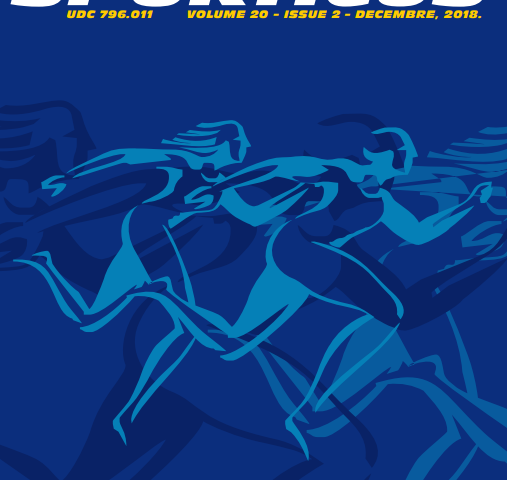Abstract
Alpine skiing is a motoric and energy complexed and demanding sport activity. Alpine skiing requires a long systematic preparation, but there are still dilemmas in choosing the most optimal ski learning model. The aim of this research is to determine the effects of successful performance implementation of basic and advanced elements of alpine skiing, conditioned by the attained five-day ski education for school-age boys. It is assumed that the treated program will produce statistically significant differences in favour of the final measurement. The study was conducted on a sample of 42 boys aged 7-10 years residing in Sarajevo Canton. Seven variables were used to evaluate the performance of the basic ski elements: STARN- straight run, TRSNG – traversing, UPTRN – uphill turn, SNPGH – the snowplough, SNPGT- snowplough turns, SNPGC – snowplough curve, SLSID – sliding sideways. Two variables were used to evaluate the advanced ski elements: STTUR – stem turns and SHPLT – short parallel turns. The overall performance of the Alpine ski elements was evaluated by a panel of judges (three judges). The research hypothesis was measured using the t-test for dependent samples. The results showed significant statistical differences in all nine treated variables. The five-day ski training program has produced a positive transfer to the adoption of basic and advanced ski elements. The five-day ski training program, with its contents, workloads, organization and methodical procedures, significantly influenced the adoption of basic and advanced ski elements. The five-day training showed positive effects on the adoption of skiing elements in elementary school boys.
Keywords: Measurement, biomechanics, turns, beginners, judges, mistakes.


